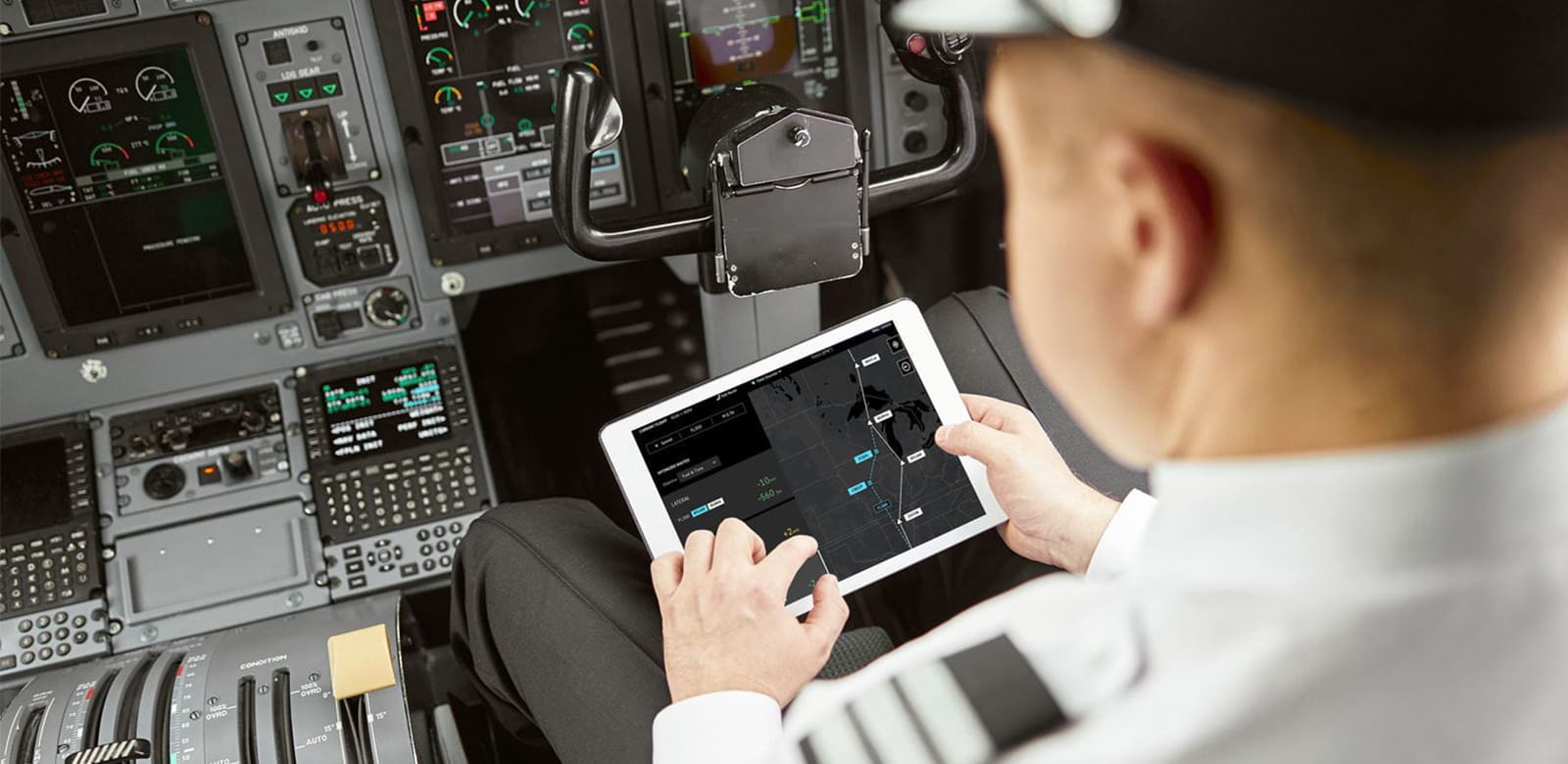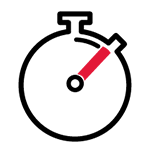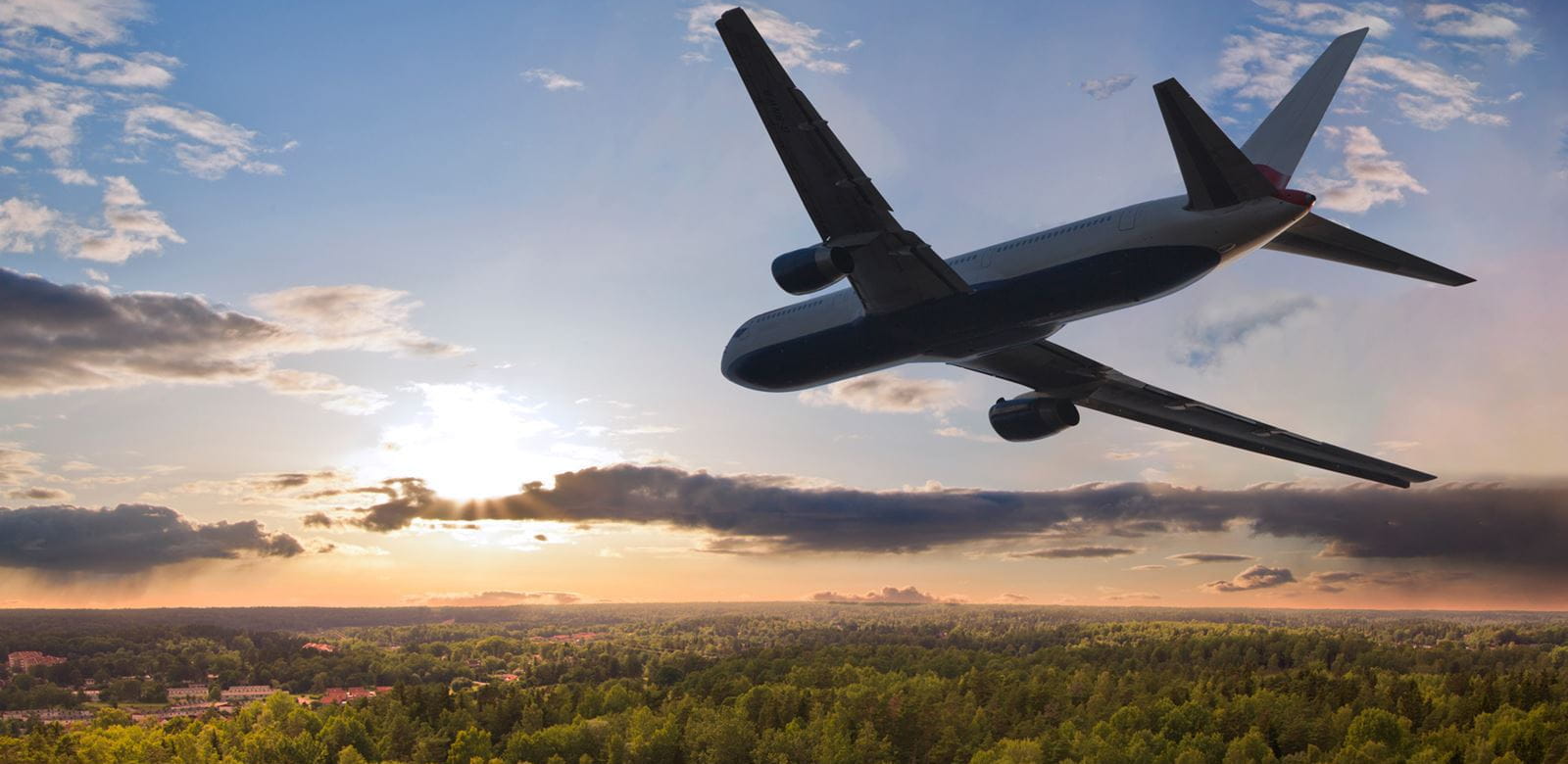21.8%
of U.S. and international flights delayed between January and April of 2023, according to FlightAware
Jennifer Schopfer flies about once a week. Every time, no matter where she’s going, she sees the same thing: People who could be moving are instead stuck waiting.
Rather than passing through security, they’re tapping their feet in line while the person in front fumbles through their bag in search of an ID. Rather than boarding their flight, they’re sprawled out on chairs because the plane is hundreds of miles away, waiting out a storm. And rather than exiting their flight and walking through the jetway, they’re squirming in their seats, looking longingly out the windows and waiting for the next available gate.
That one really gets her.
“That’s my biggest pet peeve,” she said of the tarmac delays. “Frequently, you wait 15 to 20 minutes. It’s almost standard.”
Luckily for Schopfer, she’s in a position to do something about it. As the president of Connected Aviation Solutions at Collins Aerospace, she leads an effort at RTX to use data as a means of making air travel more efficient, more reliable, more sustainable – and even more enjoyable.

The problem: Commercial aviation works like a precision watch, with many parts that rely on one another for the whole system to function. When all the gears turn as planned – boarding, pre-flight inspection, takeoff, landing, taxiing to the gate, things go well.
Weather has a way of making sure they don’t. It accounts for about 75 percent of delays that disrupt the system and last longer than 15 minutes, according to the U.S. Federal Aviation Administration. And it’s usually not catastrophic storms that are to blame – mostly, it’s everyday downpours, gales and flurries.
Part of the reason: Many air traffic control systems track only what’s happening at the moment. That means controllers might keep a plane grounded until a storm clears the flight path completely, when in reality it's perfectly safe to take off much sooner.
The solution: Much like wayfinding apps help drivers find the fastest way from one place to another, data analytics tools can give pilots, airlines and dispatchers many more options on how to reach their destination.
Collins Aerospace engineers have developed such a tool: Flight Profile Optimization, a feature of the business’ FlightHub application. It aggregates information about weather, air traffic and airport congestion, calculates the effect of those variables on flight operation, then suggests alternatives to the current flight plan.
of U.S. and international flights delayed between January and April of 2023, according to FlightAware
cost of aviation delays in the U.S. in a single year, according to an FAA report
of flight delays in the U.S. National Airspace System caused by weather from January 2022 to January 2023

minutes of U.S. flight delays attributed to weather from January 2022 to January 2023

The problem: Planes sometimes consume more fuel than they need to reach their destination. There are lots of factors that can drive up a flight’s fuel burn – altitude, distance, speed, wind resistance, and, of course, time spent in holding patterns.
The solution: Flight Profile Optimization has benefits beyond untangling air traffic. It can also help identify more fuel-efficient routes, taking into account factors such as distance and wind speed.
Collins is testing the technology in partnership with a major North American airline, and they’re already seeing more than one percent in fuel and emissions savings. Over a full year, Schopfer said, that would result in cost savings of about $15 million and a 100,000-ton reduction in CO2 emissions.
“Those are huge numbers in one year,” she said, “and every year, this would pay back in direct fuel savings for the airline and reduced impact on the environment for all of us.”

The problem: Just like with weather delays, mechanical delays – those caused by the need to fix or replace a part – can foul up flight plans. Planes wait to take off, passengers miss connecting flights and so on. But unlike weather delays, mechanical delays are almost entirely preventable.
The solution: Predictive maintenance. Aircraft parts produce data, and that data provides valuable insight. At Pratt & Whitney, for example, experts have gathered data from thousands of aircraft engines over several decades. Now, through their Advanced Diagnostics and Engine Monitoring system, they can use that data to predict days in advance when a part might need repair or replacement.
With that knowledge in hand, airlines can schedule maintenance when and where it’s most convenient – during slower times or days, for example, and in a city with adequate facilities. That's the job of Ascentia, which converts data from aircraft parts into intelligence that predicts maintenance needs and even identifies ways to reduce unnecessary wear and tear.
“It’s a dashboard that says, ‘Whoa, how you landed there was not good for brake life,’” Schopfer said.
To show the effectiveness of its Ascentia analytics tool, Collins Aerospace used it to monitor Collins-produced parts on Boeing 777 and 787 aircraft. On those parts alone, here’s what they found:
approximate decrease in potential delays and cancellations for the Boeing 787 fleet

The problem: It’s the waiting. Waiting at security. Waiting at the food court. Waiting to catch a ride from the airport.
“You see parents waiting in line all the time. Kids are not good at that,” Schopfer said. “We all have these common challenges when we travel.”
The solution: Better use of data can mitigate the root causes of all that waiting. Services offered by Collins, including the use of biometrics at airport security and automation for check-in and baggage check, can speed up processes throughout air travel. And real-time flight tracking technologies such as FlightAware, for example, can give passengers (and people picking them up) accurate and real-time updates about takeoff, landing and gate assignments – no matter which airline they’re flying.
That can help reduce congestion and traffic in and around the airport; rather than wandering in search of a monitor or walking to the gate only to find their flight is delayed, passengers can receive updates directly on their mobile devices. And instead of having their rides arrive too early, wait in a cell phone lot or circle a busy pickup area, FlightAware predicts estimated times of arrival accurately, eliminating the guesswork and making pickup quick and simple.
“The airport experience of the future is at a walking pace. You never have to stand in line. You’re walking out of your car, Uber or train, through the airport, and getting on your aircraft,” she said. “You’ll see more walking pace. We’ll get there.”
